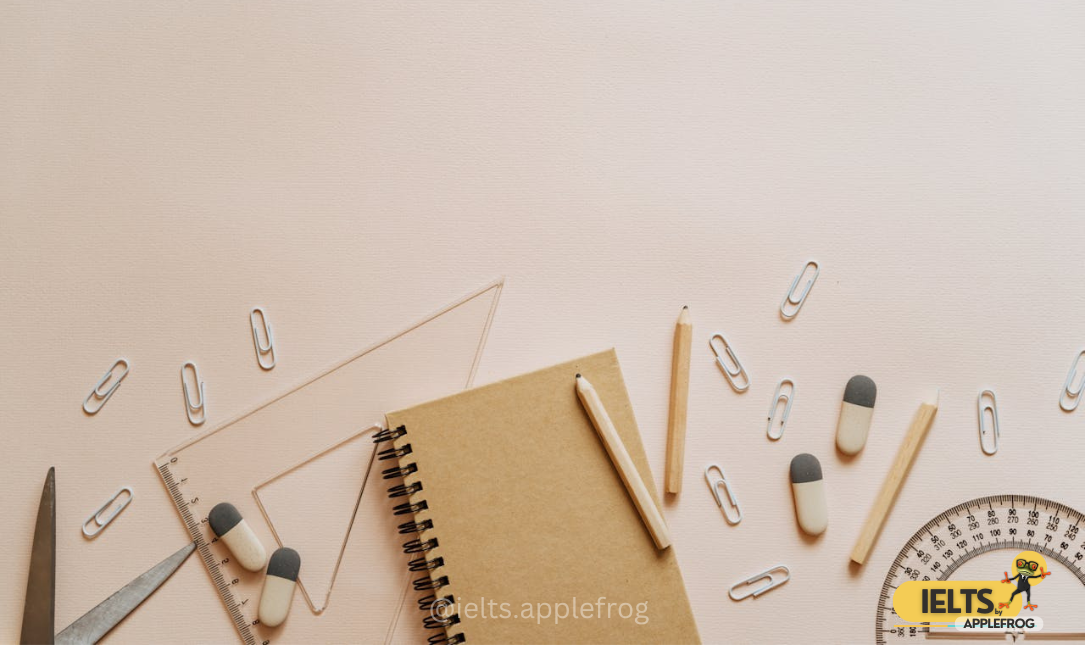
Objects in a Sentence
Definition:
- The object adds meaning to the verb, completing the sentence by showing what or whom the action affects.
Types of Objects
1. Direct Object:
- Definition: A noun, pronoun, or noun phrase that directly receives the action of the verb.
-
Example: “He painted the fence.”
Direct Object: fence
2. Indirect Object:
- Definition: A noun, pronoun, or noun phrase that indicates the recipient of the action or who benefits from it.
-
Example: “She handed Sarah the keys.”
Indirect Object: Sarah
3. Object of a Preposition:
- Definition: A noun, pronoun, or noun phrase that follows a preposition and completes its meaning.
-
Example: “He walked across the bridge.”
Object of Preposition: bridge
Verb Types and Their Relationship with Objects
1. Transitive Verbs:
- These verbs require a direct object to complete their meaning.
-
Example: “She played the piano.”
Verb: played, Direct Object: piano
2. Intransitive Verbs:
- These verbs do not take a direct object.
-
Example: “He slept peacefully.”
Verb: slept
Position of Objects in a Sentence
- Direct Object: Usually comes directly after the verb.
- Indirect Object: Appears between the verb and the direct object.
-
Example: “She sent her friend a message.”
Indirect Object: her friend, Direct Object: message
Additional Examples:
- “The teacher explained the concept.” (Direct Object: concept)
- “I bought my mother flowers.” (Indirect Object: my mother, Direct Object: flowers)
- “They ran through the forest.” (Object of Preposition: forest)
Objects are essential for:
- Creating complete and grammatically correct sentences.
- Providing clarity and precision in communication.
- Conveying specific details about the action or relationship in a sentence.
An object is a critical element in a sentence, receiving the action of the verb or being influenced by it.
Mastering the use of objects enhances sentence structure and allows for clear, effective communication in both writing and speech.
RELATED POST












0 Comments